Explore the Best AI Image Gallery

Wearable Tech Innovations: Expanding Creativity and Ethical Frontiers
Wearable technology is reshaping not only how individuals interact with their environments but also how creativity manifests across various industries. Innovations in this field are paving new avenues for artistic expression, collaboration, and enhancement of everyday activities. This blog post will delve into the diverse aspects of wearable tech innovations, their impacts, potential uses, ethical considerations, and future trends shaping the creative landscape.
The Transformative Impact of Wearable Tech
Wearable technologies like smartwatches, VR headsets, and augmented reality glasses have begun to revolutionize the creative industry in unexpected ways. Artists, designers, and filmmakers are increasingly turning to these devices to not only enhance their workflows but also to generate novel forms of interactive art. Some of the most significant contributions include:
- Immersive Experiences: Virtual reality (VR) allows creators to build 3D worlds and experiences. Artists can design installations where viewers 'walk through' their art, experiencing it from different perspectives.
- Augmented Reality Integration: AR technology enables the overlay of digital content onto the physical world. This opens avenues for interactive marketing campaigns, where consumers can engage with products in unprecedented ways.
- Real-Time Feedback: Wearable sensors can capture users' physiological data (e.g., heart rate, movement). This feedback can inform creative projects and drive the narrative in films or installations, enhancing audience engagement.
Potential Uses in Various Creative Sectors
As wearable technology continues to evolve, several industries stand to benefit:
- Fashion: Wearables are merging fashion with technology. Brands are exploring textiles integrated with smart technology to create clothing that can change color, track fitness data, or even vibrate with notifications.
- Film and Theatre: Directors and actors can benefit from wearable devices that enable enhanced storytelling through movement tracking and holographic projections, opening new possibilities for theatrical performances.
- Gaming: Gaming companies are developing wearable devices that immerse users in gameplay, modifying physical movements into in-game actions for a more intense experience.
- Music Production: Musicians can use wearables to control music production through gestural inputs, allowing for improvisation and real-time control of effects and transitions.
Ethical Considerations
As with any technological advancement, the rise of wearable tech in the creative sector also brings ethical implications that must be addressed. Several concerns include:
- Privacy Issues: Many wearables collect sensitive data about users, including biometric data and location. Creative professionals using these technologies must ensure they protect user privacy and comply with data protection regulations.
- Representation and Inclusivity: The adoption of wearable tech should prioritize diverse voices and ensure it doesn't alienate specific groups. For example, designs should accommodate different body types, ensuring that everyone can participate in the creative experience.
- Dependence on Technology: As reliance on wearable tech grows, questions about creative authenticity arise. How much of a piece can be attributed to human intuition versus the technology itself? Finding the balance is crucial for maintaining artistic integrity.
Future Trends in Wearable Technology
The future of wearable tech in creativity is bright, filled with limitless possibilities. Here are a few potential trends to watch:
- Integration with AI: The fusion of wearables and AI can elevate creative processes. AI could analyze user interactions and preferences, suggesting creative directions tailored to individual artists.
- Enhanced Collaboration: Wearables may foster real-time collaboration among creatives across the globe, allowing for unique synergies that transcend geographical barriers.
- Environmental Sustainability: Future wearables may focus on eco-friendly materials and energy-efficient components, aligning with an increasing global emphasis on sustainability in the creative industry.
- Expanded Use of Biofeedback: Artists may increasingly use biofeedback to create responsive art installations. Examples could include paintings that change colors based on the viewer's emotional state, allowing for a truly immersive experience.
In summary, wearable technology is a catalyst for innovation and transformation in the creative industry. With the ability to enhance artistic expression, facilitate collaboration, and engage audiences in new ways, it represents a significant leap forward. However, it is imperative to address ethical concerns and navigate these new frontiers responsibly to ensure that creativity thrives in harmony with advancing technology.


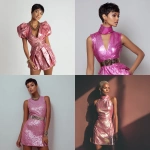


](https://images.ai-img.art/thumbnails/150/b2f3d4a9b5688b7dde277bcb5aaf1a270ecdd3ae4b41cbc95c4dbb9c1897ce46.webp)
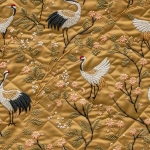
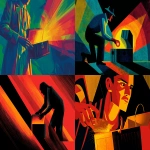


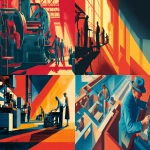

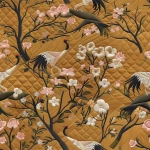


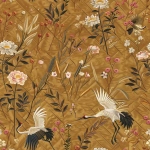
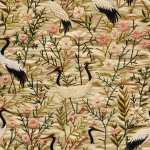




](https://images.ai-img.art/thumbnails/150/03a7a3f7b2e2eb31696d80031d778c9af16d803cb744a1420480d08fab85225f.webp)
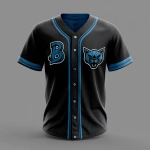


](https://images.ai-img.art/thumbnails/150/74ff5e5b8d56112b2631c3ab109fd10da2cb1320c039180284bf1ad90ca70028.webp)
](https://images.ai-img.art/thumbnails/150/e514e7baf4c52bf5a151896b8f3671e96dbbb97485a35f8f6929fa340f24f188.webp)





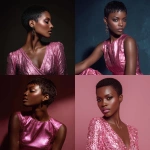




](https://images.ai-img.art/thumbnails/150/7047a680cdf2f50a2d0528ccddcbc25f5a73a5304a4f3da89094c88cca29a8b1.webp)



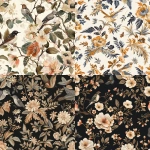


](https://images.ai-img.art/thumbnails/150/996da7ef8c6c4756951162cc27dd04057ad7abbdbdac321663ea4d81b7f28d38.webp)
](https://images.ai-img.art/thumbnails/150/7f96c1ad95cf8c4abf00675ff16d7d31424d308fc699797f0e56154921fbf518.webp)

](https://images.ai-img.art/thumbnails/150/557d293cdac370a44294bdbd6e681bb89809602686fbf72c16408388e23d1346.webp)

